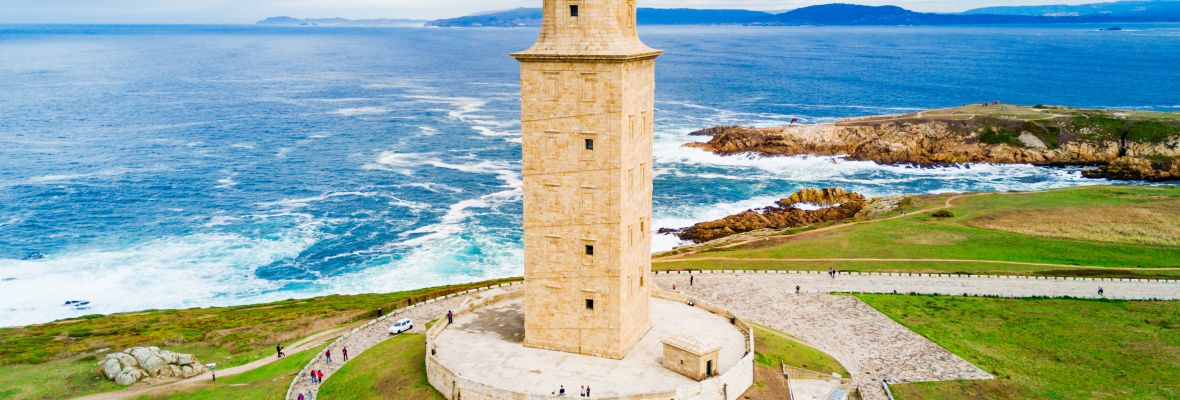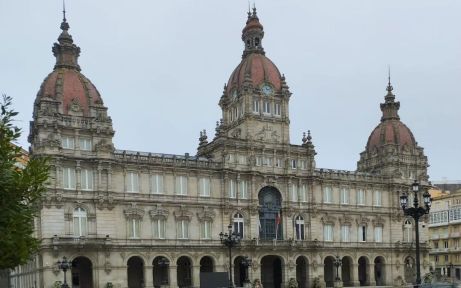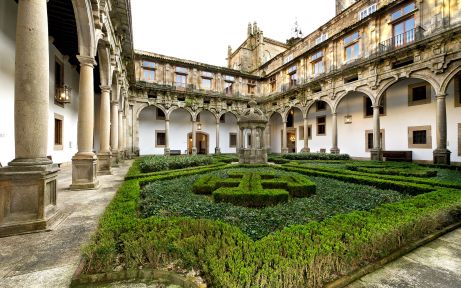Exciting changes are on the way!
As part of our merger with Polar Latitudes, we’re refreshing key elements of our website to reflect this new chapter. Discover more in our latest news update.
Explore Spain's rich history, vibrant culture, and stunning landscapes, from Mediterranean beaches to historic cities and world-famous cuisine.
Explore landmarks like the Alhambra, Sagrada Familia, and the Royal Palace. Food is a major highlight, with dishes like tapas, paella, and local wines to enjoy. Festivals such as La Tomatina and the Running of the Bulls bring a unique experience. The country’s landscapes range from the Pyrenees mountains to the vineyards of La Rioja, perfect for nature enthusiasts. Spain has something for every traveler, whether you're into history, food, or the outdoors.
Area of Spain
Population of Spain
Facts about Spain
- Europe
- Spain








